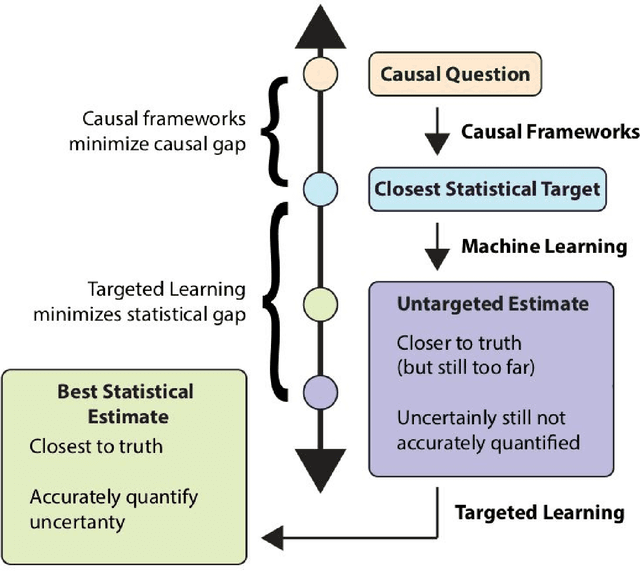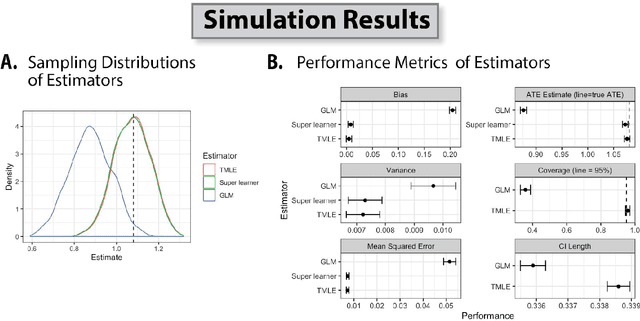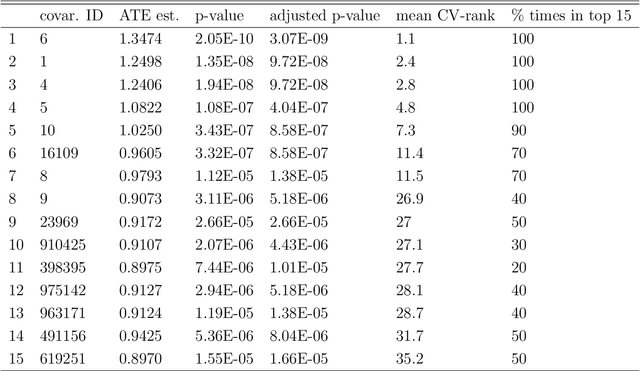Weixin Cai
Multi-aspect Repetition Suppression and Content Moderation of Large Language Models
Apr 20, 2023



Abstract:Natural language generation is one of the most impactful fields in NLP, and recent years have witnessed its evolution brought about by large language models (LLMs). As the key instrument for writing assistance applications, they are generally prone to replicating or extending offensive content provided in the input. In low-resource data regime, they can also lead to repetitive outputs (Holtzman et al., 2019) [1]. Usually, offensive content and repetitions are mitigated with post-hoc methods, including n-gram level blocklists, top-k and nucleus sampling. In this paper, we introduce a combination of exact and non-exact repetition suppression using token and sequence level unlikelihood loss, repetition penalty during training, inference, and post-processing respectively. We further explore multi-level unlikelihood loss to the extent that it endows the model with abilities to avoid generating offensive words and phrases from the beginning. Finally, with comprehensive experiments, we demonstrate that our proposed methods work exceptionally in controlling the repetition and content quality of LLM outputs.
Interactive Text Generation
Mar 17, 2023



Abstract:Users interact with text, image, code, or other editors on a daily basis. However, machine learning models are rarely trained in the settings that reflect the interactivity between users and their editor. This is understandable as training AI models with real users is not only slow and costly, but what these models learn may be specific to user interface design choices. Unfortunately, this means most of the research on text, code, and image generation has focused on non-interactive settings, whereby the model is expected to get everything right without accounting for any input from a user who may be willing to help. We introduce a new Interactive Text Generation task that allows training generation models interactively without the costs of involving real users, by using user simulators that provide edits that guide the model towards a given target text. We train our interactive models using Imitation Learning, and our experiments against competitive non-interactive generation models show that models trained interactively are superior to their non-interactive counterparts, even when all models are given the same budget of user inputs or edits.
Targeting Learning: Robust Statistics for Reproducible Research
Jun 12, 2020

Abstract:Targeted Learning is a subfield of statistics that unifies advances in causal inference, machine learning and statistical theory to help answer scientifically impactful questions with statistical confidence. Targeted Learning is driven by complex problems in data science and has been implemented in a diversity of real-world scenarios: observational studies with missing treatments and outcomes, personalized interventions, longitudinal settings with time-varying treatment regimes, survival analysis, adaptive randomized trials, mediation analysis, and networks of connected subjects. In contrast to the (mis)application of restrictive modeling strategies that dominate the current practice of statistics, Targeted Learning establishes a principled standard for statistical estimation and inference (i.e., confidence intervals and p-values). This multiply robust approach is accompanied by a guiding roadmap and a burgeoning software ecosystem, both of which provide guidance on the construction of estimators optimized to best answer the motivating question. The roadmap of Targeted Learning emphasizes tailoring statistical procedures so as to minimize their assumptions, carefully grounding them only in the scientific knowledge available. The end result is a framework that honestly reflects the uncertainty in both the background knowledge and the available data in order to draw reliable conclusions from statistical analyses - ultimately enhancing the reproducibility and rigor of scientific findings.
Data-adaptive statistics for multiple hypothesis testing in high-dimensional settings
Apr 24, 2017



Abstract:Current statistical inference problems in areas like astronomy, genomics, and marketing routinely involve the simultaneous testing of thousands -- even millions -- of null hypotheses. For high-dimensional multivariate distributions, these hypotheses may concern a wide range of parameters, with complex and unknown dependence structures among variables. In analyzing such hypothesis testing procedures, gains in efficiency and power can be achieved by performing variable reduction on the set of hypotheses prior to testing. We present in this paper an approach using data-adaptive multiple testing that serves exactly this purpose. This approach applies data mining techniques to screen the full set of covariates on equally sized partitions of the whole sample via cross-validation. This generalized screening procedure is used to create average ranks for covariates, which are then used to generate a reduced (sub)set of hypotheses, from which we compute test statistics that are subsequently subjected to standard multiple testing corrections. The principal advantage of this methodology lies in its providing valid statistical inference without the \textit{a priori} specifying which hypotheses will be tested. Here, we present the theoretical details of this approach, confirm its validity via a simulation study, and exemplify its use by applying it to the analysis of data on microRNA differential expression.
 Add to Chrome
Add to Chrome Add to Firefox
Add to Firefox Add to Edge
Add to Edge